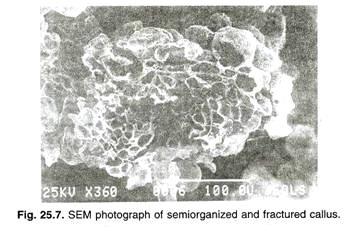ADVERTISEMENTS:
Biosphere means the sphere that supports the living forms. The term “biosphere” was first used by the Austrian geologist Eduard Suess in 1857.
The concept was further developed by the Russian mineralogist Vernadsky in 1926. It has been defined by Hutchinson (1970) as that part of the earth in which life exists (the envelope of life).
The three subdivisions of the biosphere are: atmosphere, lithosphere and hydrosphere.
ADVERTISEMENTS:
(i) Atmosphere:
The atmosphere is the gaseous mantle, which envelops the hydrosphere and the lithosphere. There are no characteristic or permanent inhabitants of the atmosphere, although the air is traversed by many kinds of animals and plant propagules.
(ii) Lithosphere:
The lithosphere comprises the solid components, i.e., the rocky substances of the continents. The soil component of the lithosphere has been called pedosphere by Odum.
ADVERTISEMENTS:
(iii) Hydrosphere:
The hydrosphere means the sum total of all liquid components, i.e., the water in oceans, lakes, rivers, and on land. Thus, hydrosphere includes two major bio-cycles, the freshwater and marine. The inorganic metabolites required by living organisms are contributed by each of these subdivisions of the biosphere. The hydrosphere supplies water; the lithosphere supplies all necessary minerals; and the atmosphere supplies oxygen, nitrogen and carbon dioxide.
Together, these inorganic materials provide all the chemical elements needed in the building and maintenance of living organic matter (Fig. 6.1). In addition to being everlasting sources of supply, the three subdivisions of the environment also influence metabolic activities of the living organisms in various other specific ways.
